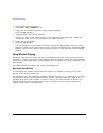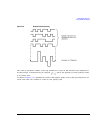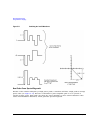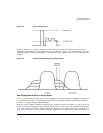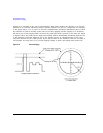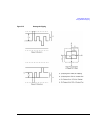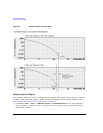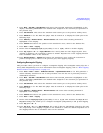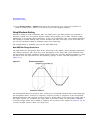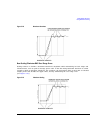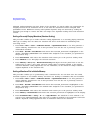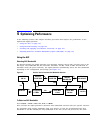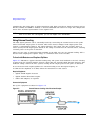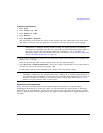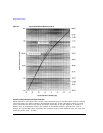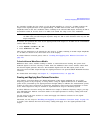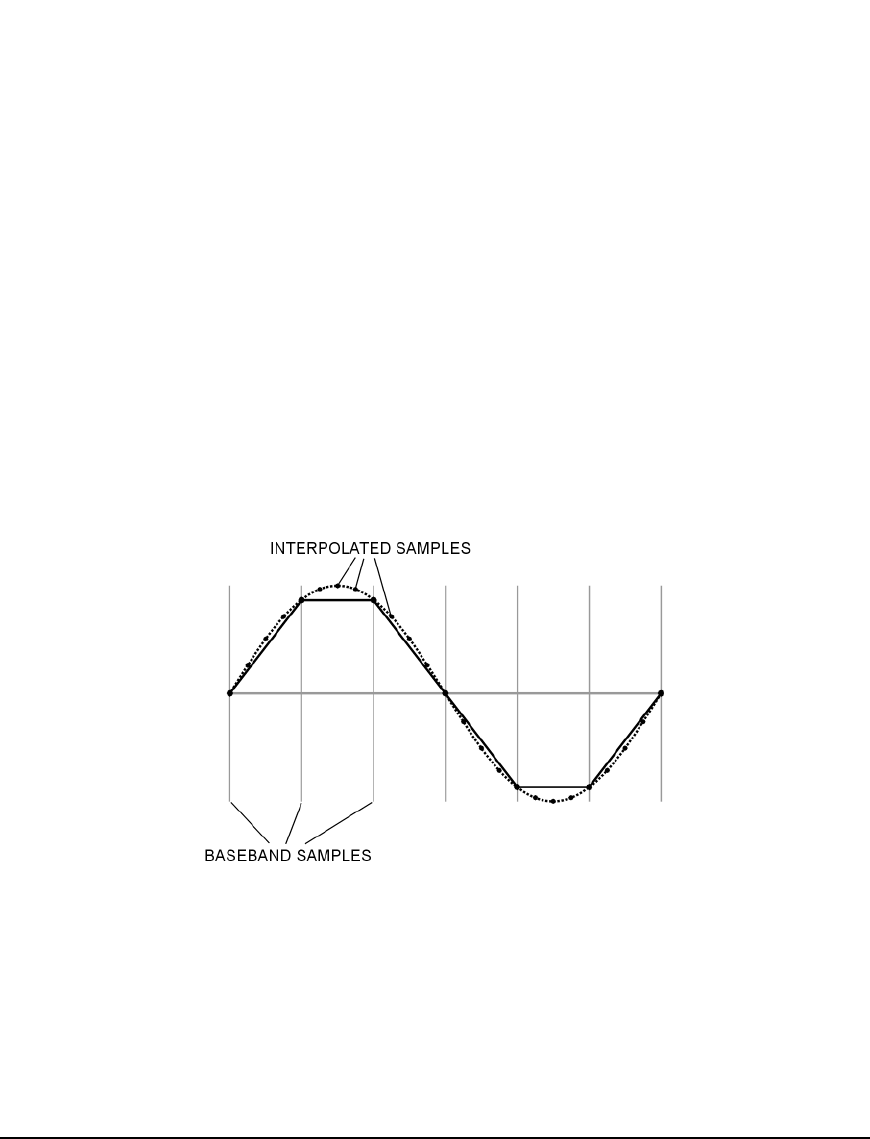
116 Chapter 3
Basic Digital Operation
Using Waveform Scaling
11. Press Waveform Statistics > CCDF Plot and observe the waveform’s curve. Notice the reduction in
peak-to-average power, relative to the previous plot, after applying clipping.
Using Waveform Scaling
Waveform scaling is used to eliminate DAC over-range errors. The PSG provides two methods of
waveform scaling. You can perform runtime scaling, which enables you to make real-time scaling
adjustments of a currently playing waveform, or you can permanently scale a non-playing waveform
file residing in volatile memory. This section describes how DAC over-range errors occur and how
you can use waveform scaling to eliminate these errors effectively.
The scaling feature is available only with the Dual ARB mode.
How DAC Over-Range Errors Occur
The PSG utilizes an interpolator filter in the conversion of the digital I and Q baseband waveforms
into analog waveforms. The clock rate of the interpolator is four times that of the baseband clock.
The interpolator therefore calculates sample points between the incoming baseband samples to equal
the faster clock rate and smooth out the waveform, giving it a more curve-like appearance (see
Figure 3-17).
Figure 3-17 Waveform Interpolation
The interpolation filters in the DAC’s have overshoot. If a baseband waveform has a fast-rising edge,
the interpolator filter’s overshoot or frequency response becomes a component of the interpolated
baseband waveform. This response causes a ripple or ringing effect at the peak of the rising edge. If
this ripple exceeds (or overshoots) the upper limit of the DAC’s range, the interpolator calculates
erroneous sample points and is unable to replicate the true form of the ripple (see Figure 3-18). As
a result, the PSG reports a DAC over-range error.



